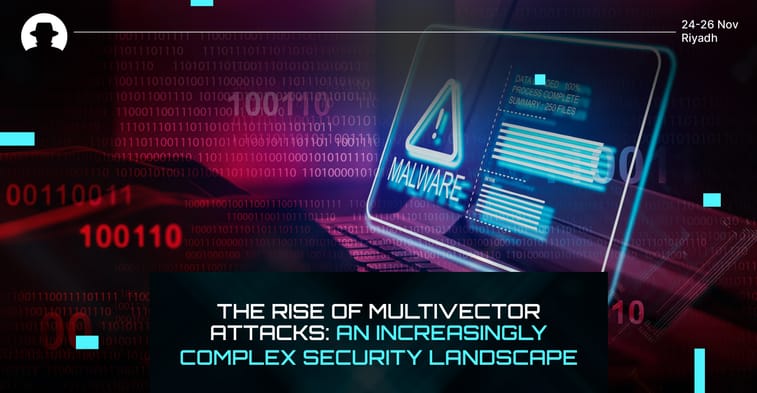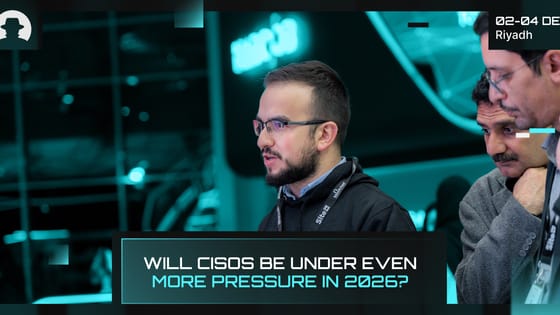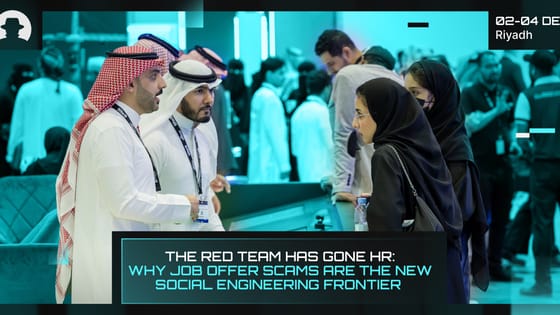
Unknown AI, unknown risk: How invisible AI use creates new attack paths
AI is now woven into every layer of modern software development, but most security teams can’t see where or how it’s being used.
Read More
Here we go, 2025. A new year, and an even more complex cybersecurity landscape for practitioners at every level to navigate.
Threat actors no longer focus on just one vulnerability or one type of product to attack. Instead, multi-vector attacks are on the rise, as criminal groups stage sophisticated attacks that leave organisations more at risk than ever before.
They’re cyberattacks that employ a combination of tactics, techniques, and procedures (TTPs) to breach an organisation’s defenses – with attacks often staged from multiple angles or exploiting a number of vulnerabilities at the same time.
Hitting different vulnerabilities simultaneously makes multi-vector attacks difficult to detect and contain. You might focus on one detected breach, for example, while another goes undetected, and escalates.
Multi-vector attacks are varied in their approach, and it’s that diversity that forms most of their key characteristics, including:
We’ve said it, every cybersecurity expert we speak to says it; you’ve probably said it yourself: cyber resilience in the future requires collaboration and communication between different teams, systems, and researchers.
Well, we’re in that future. To defend against multi-vector attacks, we need unified cybersecurity operations. And the traditional, siloed array of security tools can’t deliver the comprehensive visibility we need to combat multi-vector attacks, along with integrated incident response capabilities that can stand up to the pressures of sophisticated threats.
Siloed security means that everything is fragmented: visibility comes in snippets, with limited visibility of the entire attack surface. This drives slow threat detection and response times, which gives attackers a headstart – and they use that extra time to escalate the attack before effective incident response measures are put in place. And importantly, multi-vector attacks don’t happen in siloes; not only are they coordinated in terms of simultaneous execution, they can also be coordinated to leverage existing vulnerabilities in order to create new vulnerabilities through a multi-staged approach – so siloed cybersecurity protections can’t mitigate their impact.
To counter this growing threat, organisations need to adopt an integrated approach to security. Security platforms that combine services, tools and technologies to enable comprehensive visibility, continuous monitoring, and rapid response are key to resilience.
Integrated platforms can provide a unified view of all vulnerabilities and threats across a network – including cloud and endpoints. With AI-powered threat detection, they can detect sophisticated attacks before they become a problem, and automate processes such as shutting down infected areas of the network to contain threats. And importantly, by protecting multiple points at the same time, integrated networks enable seamless communication about threats across the network in order to inhibit multi-vector attacks that thrive in siloed environments.
The scope and strategies of multi-vector cyberattacks will continue to evolve over the coming year. They’ll become more sophisticated in their tactics and more diverse in their staging – so collaboration within the cybersecurity community is critical. We have to work together to develop comprehensive protections against advancing threats.
So you know what we’re going to say next: join us at Black Hat MEA 2025. Put yourself right in the middle of the conversation and build a network of security leaders to help your organisation stay ahead of the curve.
Join the newsletter to receive the latest updates in your inbox.

AI is now woven into every layer of modern software development, but most security teams can’t see where or how it’s being used.
Read More
New data shows the CISO role is already under strain, and heading into an even tougher year.
Read More
A new survey shows six in ten US job seekers faced fake recruiters, and 40% fell for scams. Red and blue teams can learn vital social engineering lessons from this emerging attack frontier.
Read More